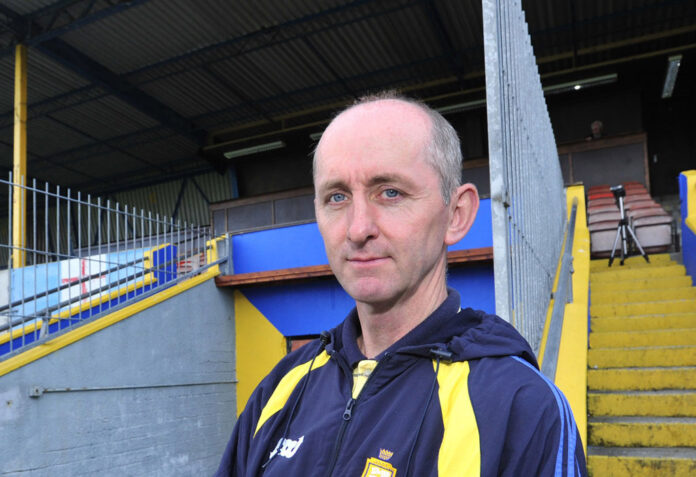THE Clare Champion supplement for the All-Ireland hurling final of 1995 contains a fine interview with the most senior member of the squad, Cyril Lyons.
At the end of the interview, in a very thoughtful observation, Lyons, a man who has given sterling service to Clare hurling as a player, manager, selector and coach, expressed the opinion that the GAA in the county ought to capitalise on this golden opportunity of an All-Ireland appearance, to promote hurling among youngsters.
“Young boys and girls, who are just beginning to play the game, will be very excited about seeing Clare in an All-Ireland final and clubs must nurture this enthusiasm. Now is the time to prepare for the future,” he said.
It is now very evident that the Clare victory of 1995 marked a watershed in the fortunes of Clare hurling. Some may argue that Clare should have won more All-Ireland trophies since 1995. But when one compares Clare’s All-Ireland appearances and trophies in all grades of hurling in the period 1914-1994, to the years 1995 to 2014, the contrast is very marked.
Clearly, the victory of 1995 left a rich legacy. Cyril Lyons’ words have proved to be prophetic.
One also gets the distinct impression that, if they were alive today, those gallant Dalcassians who brought glory to Clare, as war raged in Europe from Semtember 1914, would derive great satisfaction from the relativve success of Clare hurling teams over the past two decades. And, unlike some of their predecessors of 1914, one hopes and expects the Clare hurlers of the 21st century will fight their battles on the green sod of a playing pitch, rather than in some ghastly foreign battlefield.
The slogan on the modern Clare GAA crest, Na céada sa chath is na deiranacha as (First in battle and last out) was reputedly the battle cry of the ancient Dalcassian clans. Long may it be worn with honour and courage on the jerseys of stalwart Clare men and women, wherever Gaelic games are played and the Banner flags of saffron and blue fly proudly high.
Brian Howley
A native of Ennis, Colin McGann has been editor of The Clare Champion since August 2020. Former editor of The Clare People, he is a journalism and communications graduate of Dublin Institute of Technology.


